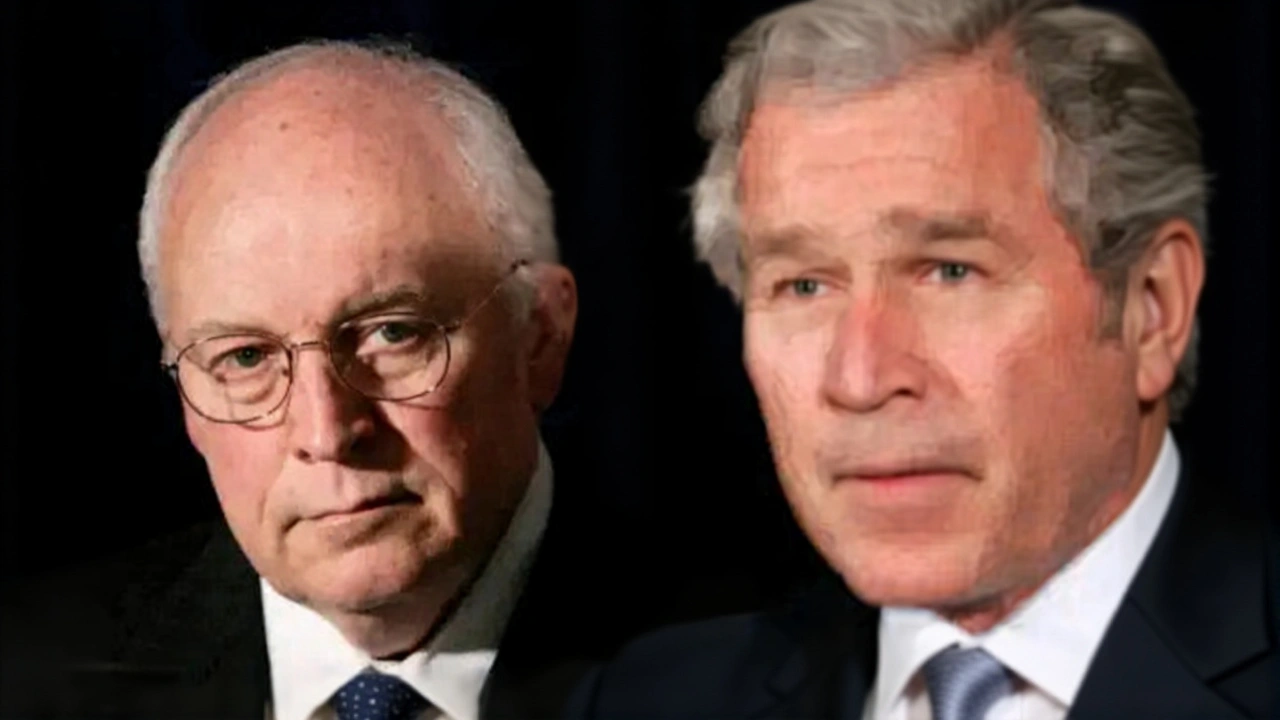Vice President
When you hear vice president, the second-highest executive office in a country, often next in line to lead if the president can't serve. Also known as deputy head of state, it's not just a ceremonial title—it's a job with real power, quiet influence, and sometimes, unexpected drama. In the U.S., the vice president runs the Senate, advises the president, and steps in during crises. But outside America, the role changes completely. In South Africa, the vice president is part of a multi-deputy system under the president. In Nigeria, the position is critical for regional balance. In Mexico, the vice president doesn't even exist—presidential succession goes straight to the secretary of the interior. So when people talk about the vice president, they're not talking about one thing. They're talking about a job that looks different depending on who's writing the rules.
It's not just about who holds the title—it's about who’s behind the scenes. A vice president can be a policy architect, like Joe Biden was under Obama, shaping healthcare and foreign policy from the shadows. Or they can be a political bridge, like Kamala Harris, carrying the weight of historic firsts while navigating partisan gridlock. In other countries, vice presidents are chosen to calm tensions—like in Kenya, where the deputy often comes from a different ethnic group than the president. In Venezuela, the vice president has been used as a shield during economic collapse. And sometimes, the role is just a placeholder—someone waiting for their turn, quietly building alliances while the spotlight stays on the president.
The presidential succession, the legal process that determines who takes over if the president dies, resigns, or is removed is where the vice president’s real power becomes clear. The 25th Amendment in the U.S. gives Congress a say if the president is incapacitated. In South Korea, the vice president steps in only if the president is removed by impeachment. In India, the vice president doesn’t take over at all—the chief justice does. These differences aren’t just legal technicalities. They shape how nations survive crises. When a president is hospitalized, when protests turn violent, when a war starts—the vice president is often the first person the country looks to.
And then there’s the political office, the formal position held by elected or appointed leaders, with defined duties and public accountability. The vice presidency is one of the few roles where you can be elected nationally but have almost no daily responsibilities. It’s a job that demands patience, timing, and the ability to stay relevant without being seen. Some vice presidents use it as a launchpad—like Richard Nixon, who turned the role into a national platform. Others fade into obscurity, quietly managing appointments or attending funerals. But in moments of national stress, that quiet office becomes the most important one in the room.
What you’ll find here isn’t a list of names or dates. It’s a look at how this role actually works—when it matters, when it doesn’t, and how it’s changing across the world. From U.S. election drama to African power shifts, these stories show that the vice president isn’t just the person behind the president. Sometimes, they’re the one holding everything together.





